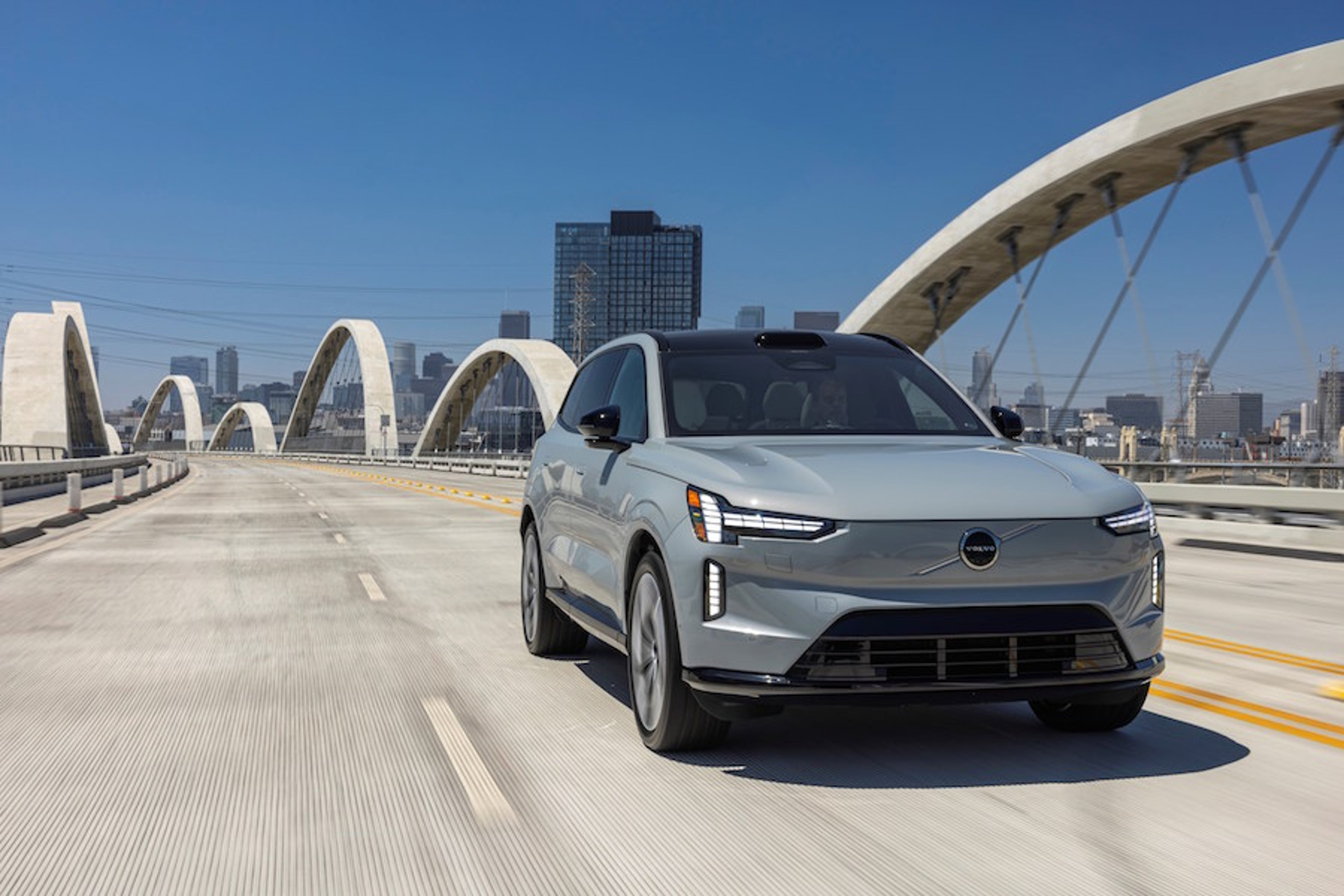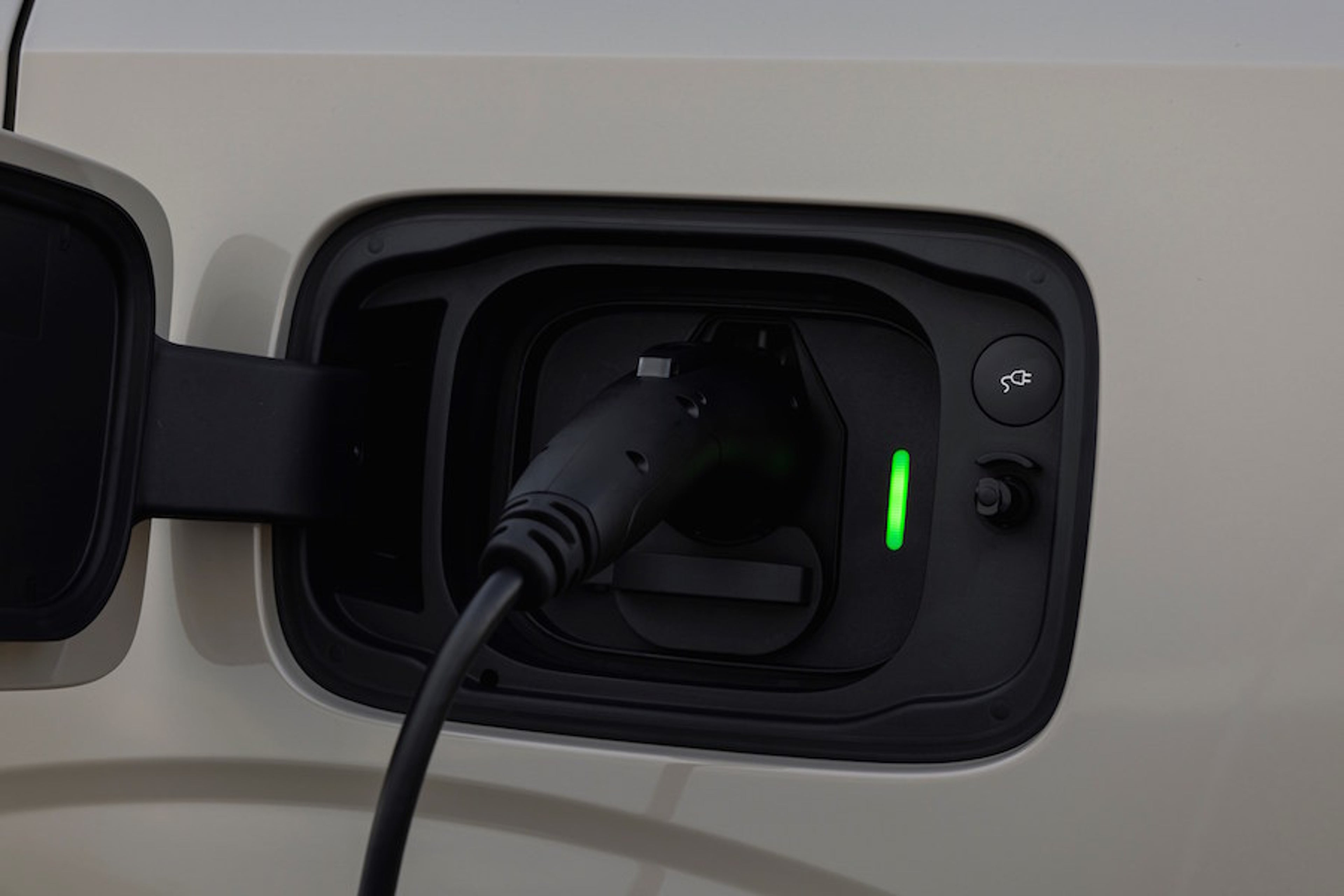Could an EV battery really earn drivers $12,000 a year?
Using electric vehicles to power homes, streets, towns and cities has made slow progress. NRMA and Australian researchers are bidding to reduce the roadblocks.

Government-funded studies have suggested batteries that can help balance the energy grid could earn their owners up to $12,000 a year for providing short bursts of power.
Technically that’s true. But the most recent study, for the Australian Renewable Energy Agency (ARENA), acknowledges that those earnings are probably only achievable in perfect circumstances. Prices paid for helping to rapidly stabilise the energy grid would also likely decline in line with the number of electric vehicles doing so.
But there’s still major potential for owners to reduce their charging costs, their household energy bills and earn an income from smarter use of their EV battery – all while maximising use of renewable energy, minimising environmental impact and helping the power grid.
That’s precisely the benefits NRMA, the University of Technology Sydney and the iMove Co-operative Research Centre are trying to unlock.
The insurer thinks using EVs as “batteries on wheels” could save people money while helping Australia transition away from fossil fuels, according to Chief Strategy Officer Vivian Miles.
To harness those batteries, two-way – or bidirectional – chargers are required. At present, almost all chargers are one-directional, as are most EV battery systems. But newer models, including the upcoming Volvo EX90, will be designed to have two-way capability*, have two-way capability.
Bidirectional charging enables what is called ‘V2X’, or vehicle-to-anything. It’s the umbrella term for a whole bunch of similar acronyms:
● V2H or vehicle-to-home, using the car battery to power the home at night, for example.
● V2L or vehicle-to-load, e.g. using the car battery to power the caravan.
● V2B or vehicle-to-building, where EVs parked at work could power the office, for example.
● V2G or vehicle-to-grid, where car batteries can be used to take or give power back to the grid when required.
Small bursts
In future, ARENA thinks EV batteries could provide the bulk of Australia’s energy gross storage capacity available to the National Energy Market – up to 80 per cent by 2050. If even a fraction of that battery storage could be used to help balance the grid, it could significantly reduce energy bills for every Australian home and business.
According to the latest ARENA-funded study, just one per cent of battery power on average was required to help balance the grid. But it’s the small bursts of power that matter.
That’s because the power system has to run at a certain frequency, around 50Hz. Too much power demand and not enough supply means that frequency will drop. Left unchecked, frequency deviations can cause blackouts.
So if everyone turns on their air conditioning, TV and dishwasher on a cold windless night, and a coal-fired power station unexpectedly goes offline, the power system operator AEMO has to quickly take action to keep things running smoothly. It does this by paying people to quickly provide short bursts of power, which brings frequency back to the right level.
Similarly, on a sunny, breezy day when there is lots of solar and wind energy being generated, there may be insufficient demand – literally nowhere for the power to go. That means frequency will rise, and AEMO has to pay people to take power, or stop generators exporting it to the grid.
All of which costs money – which is added to everyone’s energy bill.
As more renewable power comes online – and electric vehicles replace more petrol and diesels cars – the peaks and troughs of energy demand will get bigger, which means balancing the grid becomes a bigger job.
Which is why using EV batteries to power homes and balance the grid makes sense. It means fewer, big standalone battery systems have to be built, which reduces the cost to the Australian economy and bill payers.
The challenge is most solar power is generated in the middle of the day, when many people are at work.
Equally, it means the millions of Australian households with solar panels can make better use of free energy.
Australia’s power system now accommodates significant amounts of renewable energy: As of June this year, 36.6 gigawatts of solar power alone across 3.84 million installations. That’s more than the total combined capacity of all coal-fired power stations.
The challenge is most solar power is generated in the middle of the day, when many people are at work. Car batteries can store that energy, if connected while parked, and another V2G project at Flinders University in South Australia is using EVs to help solve that challenge.

However, bidirectional charging comes with technical challenges. Aside from the lack of chargers, Australia’s energy market is not yet set-up to accommodate it. There are standards to adhere to, and each regional grid operator takes a different view. South Australia’s grid operator, SA Power Networks, has given the green light to specific chargers that will enable vehicle-to-grid chargers to be connected. Other grid operators have been more wary.
But earlier in June, Standards Australia said it is updating the relevant standards, which experts say will remove a key regulatory roadblock for vehicle-to-home and vehicle-to-grid technologies – and give bidirectional charging manufacturers a signal that Australia is moving towards market readiness.
Which means lower energy bills – and the opportunity to earn extra income from your electric car battery – is now one step closer.
Whether anyone ever earns $12,000 a year from balancing the grid with their EV remains to be seen. But hundreds of dollars a month is definitely achievable, as is the ability to better store and use solar PV for when it’s actually needed.
Via its Energy Solutions business Volvo Cars is working on how to unlock that potential for millions of drivers. The Volvo EX90, set to arrive in Australia next year, will be the first of many able to harness it*.
*The availability of the features and services mentioned above may not be guaranteed when customers take delivery of their EX90. Potentially impacted features and services will be released remotely over-the-air while some may require a retailer visit. Please confirm exact specifications, features and availability with your local Volvo retailer. The bi-directional capability will be launched in selected markets in the future and therefore not available in all markets.